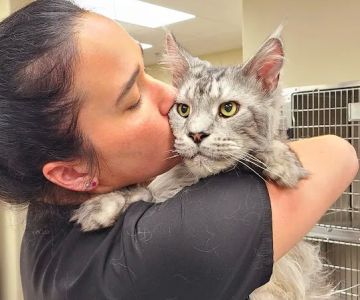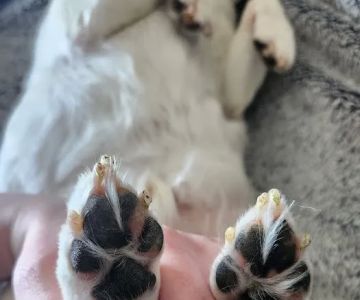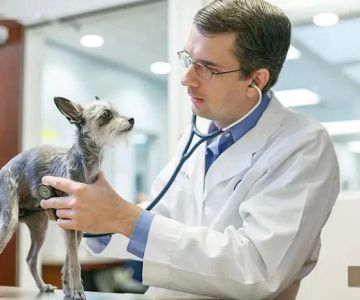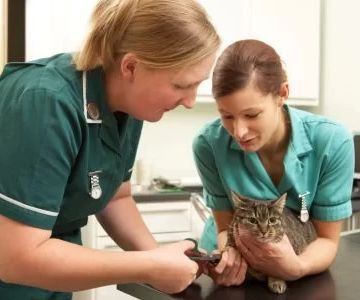How to Sue a Veterinarian: A Comprehensive Guide to Navigating Veterinary Malpractice
- 1-Understanding-Veterinary-Malpractice-and-When-to-Take-Action
- 2-How-to-Gather-Evidence-for-a-Veterinary-Malpractice-Claim
- 3-Key-Legal-Steps-in-Suing-a-Veterinarian
- 4-Common-Challenges-in-Veterinary-Malpractice-Lawsuits
- 5-Real-Life-Cases-and-Lessons-from-Veterinary-Litigation
- 6-Why-Professional-Legal-Support-Is-Essential
- 7-Next-Steps-for-Pet-Owners-Considering-Legal-Action
1. Understanding Veterinary Malpractice and When to Take Action
Many pet owners wonder how to sue a veterinarian when their pet suffers harm due to negligence or malpractice. Veterinary malpractice occurs when a vet fails to provide the accepted standard of care, resulting in injury or worsening of the pet’s condition. Common examples include misdiagnosis, surgical errors, medication mistakes, or failure to inform owners of risks.
Before pursuing legal action, it’s crucial to determine if malpractice actually occurred. Not all poor outcomes are due to negligence. Consulting with an expert or another veterinarian can help assess the situation objectively.
2. How to Gather Evidence for a Veterinary Malpractice Claim
Building a strong case to sue a veterinarian requires thorough documentation. Collect all medical records, treatment plans, bills, and communication with the vet. Photographs of the pet’s condition, before and after treatments, can be powerful evidence.
Also, obtain statements from witnesses or other veterinary professionals who can support your claim. This evidence helps establish the vet’s duty, breach, causation, and damages—the four pillars of malpractice claims.
3. Key Legal Steps in Suing a Veterinarian
The process of suing a veterinarian typically begins with filing a formal complaint or demand letter detailing the alleged malpractice. Many states require pre-litigation mediation or arbitration to attempt settlement before court proceedings.
If mediation fails, a lawsuit is filed, and the case proceeds through discovery, negotiation, and potentially trial. Throughout this, working with a veterinary malpractice attorney is vital to navigate legal complexities and advocate for your interests.
4. Common Challenges in Veterinary Malpractice Lawsuits
Veterinary malpractice cases face unique challenges, such as proving the accepted standard of care, especially given variations in practice and regional standards. Unlike human medical malpractice, veterinary cases sometimes lack clear legal precedents, making expert testimony critical.
Additionally, many veterinary contracts include arbitration clauses limiting court access, so understanding your legal rights and options is important early in the process.
5. Real-Life Cases and Lessons from Veterinary Litigation
Consider the case of a pet owner who sued after a surgical error led to permanent injury. The lawsuit was successful due to detailed medical records and expert testimony clarifying negligence. This case underscores the importance of meticulous documentation and professional guidance.
Learning from such examples helps pet owners prepare and manage expectations when considering legal action.
6. Why Professional Legal Support Is Essential
Trying to sue a veterinarian without experienced legal help can be overwhelming and risky. Veterinary malpractice attorneys understand the nuances of the field and can effectively gather evidence, negotiate settlements, and represent you in court if necessary.
Access to specialized legal counsel improves the likelihood of a favorable outcome and eases the emotional burden during a difficult time.
7. Next Steps for Pet Owners Considering Legal Action
If you suspect veterinary negligence and want to learn how to sue a veterinarian, start by consulting with a trusted veterinary malpractice attorney who can evaluate your case confidentially. Gathering all relevant documentation and seeking second opinions from other vets also strengthens your position.
Taking informed, professional steps protects your pet’s welfare and ensures your rights as a pet owner are respected. Exploring legal resources and expert support will guide you through this challenging journey effectively.











